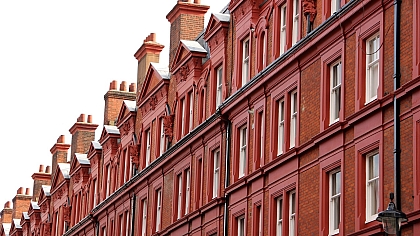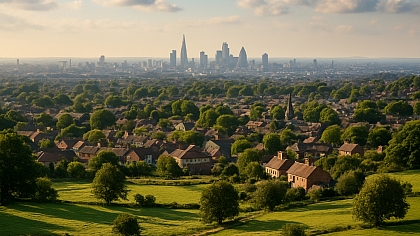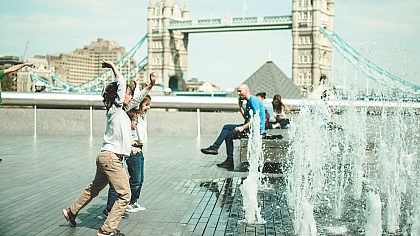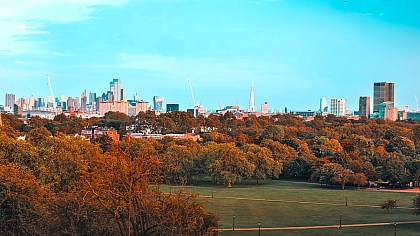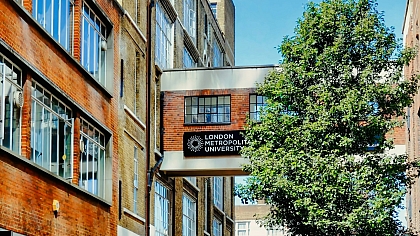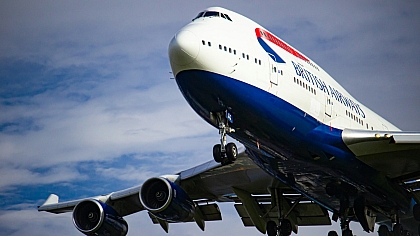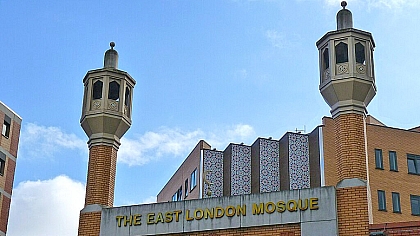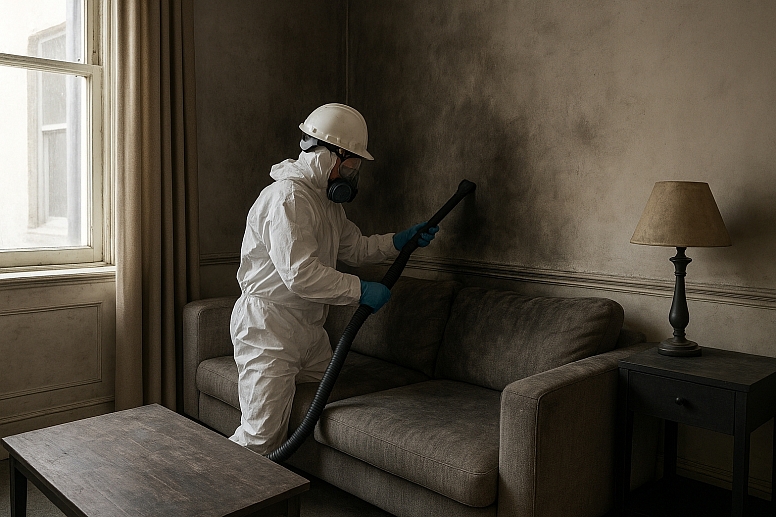
How to Effectively Restore Your UK Home After Smoke Damage
Smoke damage can be one of the most challenging consequences of a fire, even if the flames were contained quickly. The lingering effects of smoke can permeate walls, furniture, fabrics, and ventilation systems, leaving behind odors, discoloration, and potential health hazards. Restoring a home after smoke damage requires a strategic and thorough approach to ensure that the property is safe, clean, and comfortable once again. Understanding the steps involved and the importance of professional intervention can make the restoration process more manageable and effective.
The London Context: Navigating Smoke Damage in the Capital
In London’s dense urban environment, smoke damage restoration comes with its own set of challenges. Many of the city’s properties—whether charming Victorian terraces or sleek modern flats—feature older ventilation systems and close-set structures that allow smoke to spread quickly between rooms and even neighbouring units. The city’s variable climate can also slow down the drying and airing process, making timely intervention even more crucial. Local restoration experts are familiar with the unique materials and layouts found in London homes, from ornate plaster ceilings to listed-building restrictions that require delicate care. Partnering with professionals who understand these nuances ensures that the restoration not only preserves your home’s character but also meets the safety and compliance standards expected in the capital.
Assessing the Extent of the Damage
The first step in smoke damage restoration is to assess the extent of the damage. This involves inspecting every area of the house, including rooms that were not directly affected by the fire. Smoke travels easily through air ducts and open spaces, meaning that even distant rooms can suffer contamination. Walls, ceilings, floors, and furniture should be examined for soot deposits, discoloration, and odor. It is also important to check hidden areas such as attics, crawl spaces, and behind appliances. A professional inspection can provide a detailed report and help determine the scope of the restoration needed.
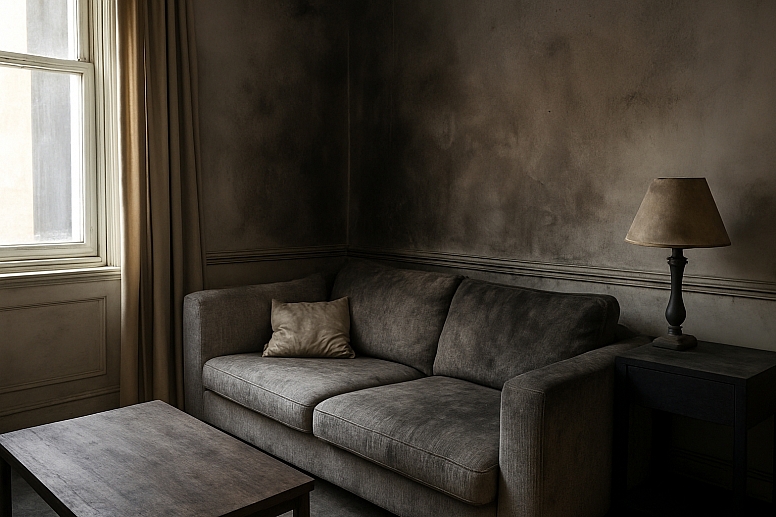
Ventilating the Property
Before any cleaning begins, it is essential to ventilate the property thoroughly. Opening windows and doors allows fresh air to circulate and helps dissipate lingering smoke odors. Fans and air purifiers can accelerate the process, especially those equipped with HEPA filters that capture fine particles. In some cases, HVAC systems may need to be professionally cleaned to remove soot and prevent it from spreading further. Proper ventilation not only improves air quality but also creates a safer environment for restoration work to proceed.
Removing Soot and Residue
Soot is a fine, black powder that results from incomplete combustion. It can settle on surfaces and penetrate porous materials, making it difficult to remove. Cleaning soot requires specialized techniques and products. Dry cleaning sponges are often used on walls and ceilings to eliminate soot without smearing. For harder surfaces, a combination of mild detergent and warm water can be effective. However, abrasive scrubbing should be avoided as it can damage finishes and spread the residue. Upholstery, carpets, and curtains may need to be professionally cleaned or replaced depending on the severity of the contamination.
Neutralizing Smoke Odors
Smoke odors are notoriously persistent and can linger long after visible damage has been addressed. Neutralizing these odors involves more than masking them with air fresheners. Odor removal techniques include thermal fogging, ozone treatment, and hydroxyl generators. Thermal fogging uses a deodorizing agent that penetrates surfaces and mimics the behavior of smoke particles. Ozone treatment involves releasing ozone gas into the affected area to oxidize and eliminate odor molecules. Hydroxyl generators produce reactive molecules that break down odors without leaving harmful residues. These methods are best performed by trained professionals to ensure safety and effectiveness.
Restoring Walls and Ceilings
Walls and ceilings often bear the brunt of smoke damage. After cleaning, they may still show signs of discoloration or staining. In such cases, repainting may be necessary. Before applying new paint, surfaces should be primed with a stain-blocking primer to prevent smoke stains from bleeding through. In severe cases, drywall may need to be replaced entirely. Ceilings, especially textured ones, can be more difficult to clean and may require professional attention. Restoration should aim not only to improve appearance but also to ensure that no residual contaminants remain.
Cleaning and Replacing Household Items
Smoke can affect a wide range of household items, from electronics to clothing. Electronics should be inspected for soot infiltration, which can cause overheating or malfunction. Clothing and linens should be laundered using specialized detergents designed to remove smoke odors. Items that cannot be cleaned effectively, such as certain types of insulation or paper products, may need to be discarded. Sentimental items like photographs or heirlooms should be handled with care and may benefit from professional restoration services. The goal is to salvage what can be saved while ensuring that the home remains free of harmful residues.
Addressing Structural and Safety Concerns
In addition to cosmetic damage, smoke can compromise the structural integrity of a home. Wooden beams, flooring, and support structures should be inspected for charring or weakening. Electrical systems may also be affected, especially if wiring was exposed to heat or soot. A licensed contractor or structural engineer can assess these elements and recommend necessary repairs. Safety should always be the top priority, and no restoration should proceed without confirming that the building is structurally sound and free of hazards.
Working with Insurance and Restoration Professionals
Navigating the aftermath of smoke damage often involves dealing with insurance claims. Documenting the damage with photographs, receipts, and inspection reports can support your claim and expedite the process. Many insurance policies cover smoke damage, but coverage details vary. Working with a professional restoration company can simplify the process, as they often have experience coordinating with insurers and can provide detailed estimates and timelines. Choosing a reputable company ensures that the restoration is thorough, compliant with regulations, and completed efficiently.
Preventing Future Smoke Damage
Once restoration is complete, it is wise to take steps to prevent future smoke damage. Installing smoke detectors in every room and testing them regularly is essential. Fire extinguishers should be accessible and maintained. Creating a fire escape plan and educating household members about fire safety can reduce the risk of future incidents. Regular maintenance of appliances, chimneys, and electrical systems also contributes to a safer home environment. Prevention is the final step in the restoration journey, turning a difficult experience into an opportunity for increased resilience and preparedness.
Restoring a home after smoke damage is a complex but achievable task that requires careful planning, professional expertise, and a commitment to thoroughness. From assessing the damage and ventilating the space to cleaning, repairing, and preventing future issues, each step is instrumental in reclaiming the comfort and safety of your home. By approaching the process methodically and seeking the right support, homeowners can overcome the challenges of smoke damage and create a fresh start in a clean, secure living space. For professional restoration and a swift recovery from fire or water damage, rely on the certified experts at NYCrestoration.com to restore your property to its best condition.

